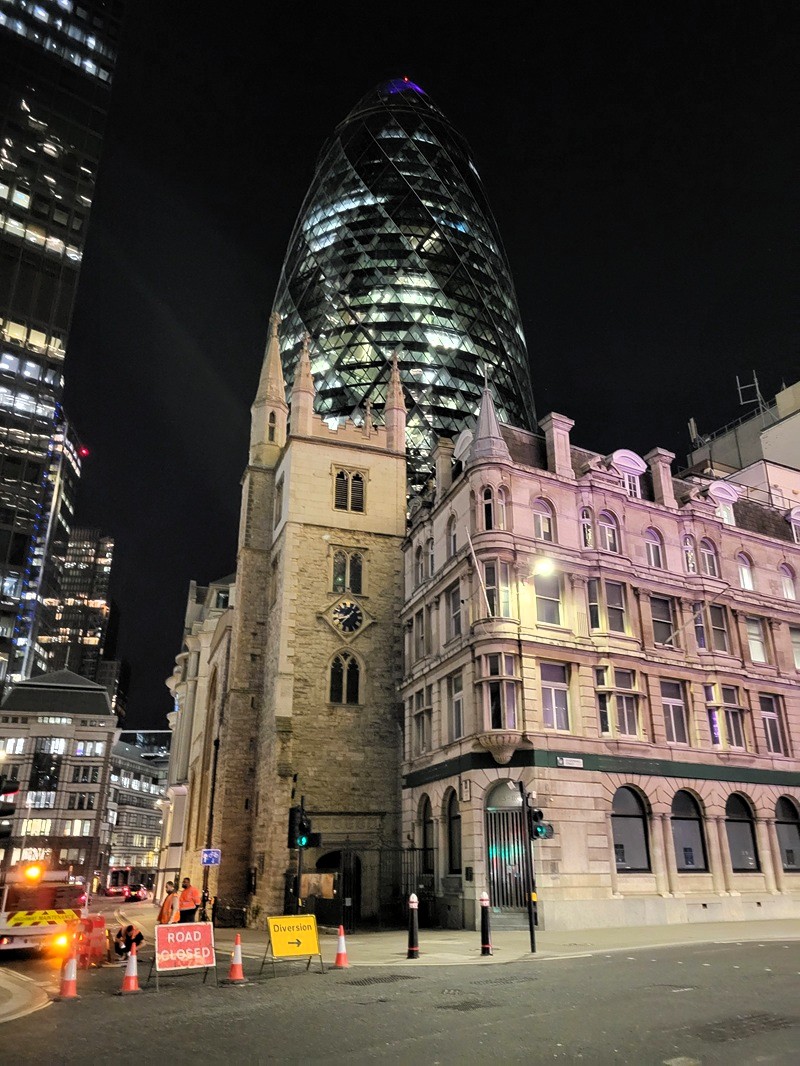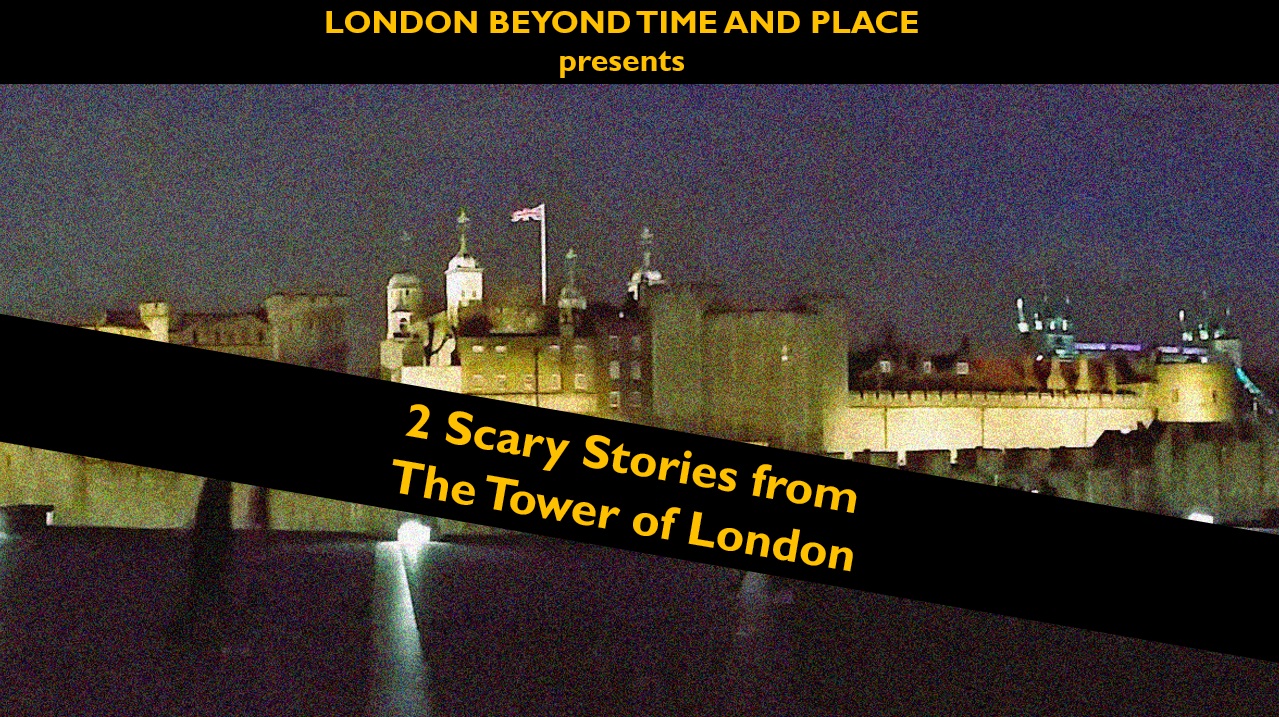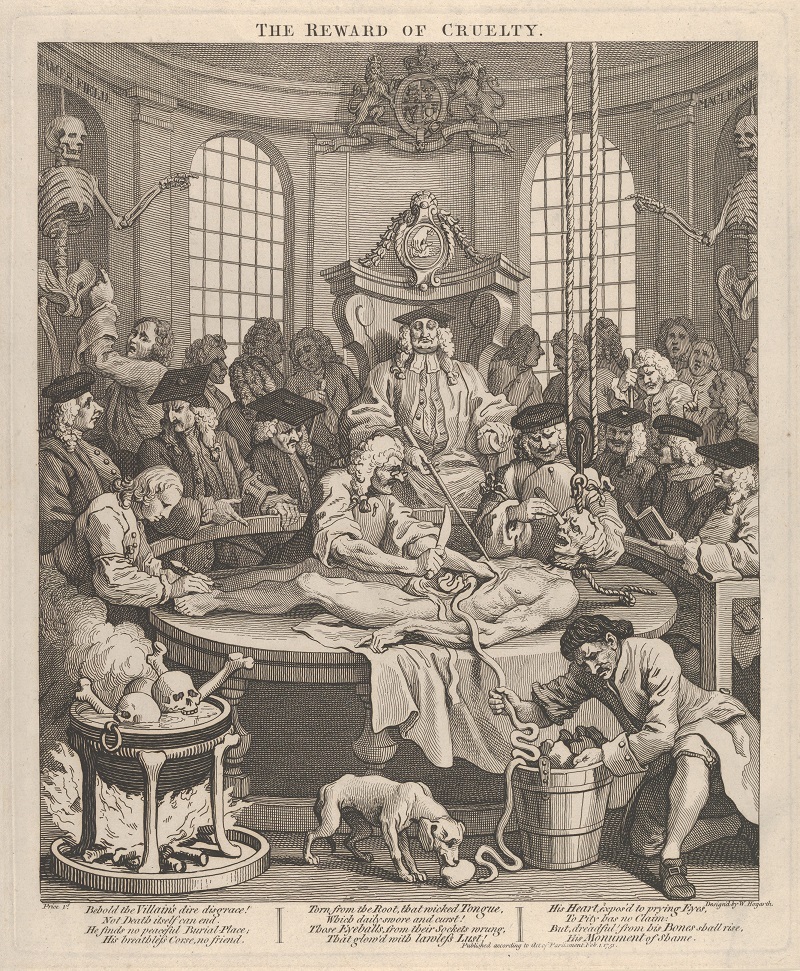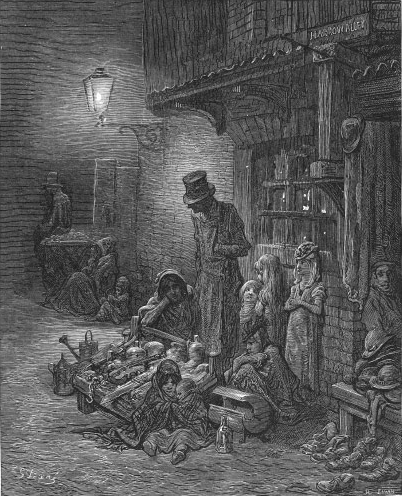by Dorothee Schröder
Leadenhall Street is a short street, about one-third of a mile long, in the City of London. It runs from Cornhill in the west to Aldgate in the east. As part of Roman Londinium, remains from the Roman era have been discovered beneath the street. Londinium’s largest building, the basilica, once stood at its western end, and remains have also been found on both sides.
The street’s name dates to Leaden Hall, a manor house with a lead-covered roof. It is likely to have originated in medieval times, when the area became an important commercial route linking the market at Leaden Hall with Aldgate. From 1729 to 1861, the street was home to East India House, headquarters of the East India Company, and its name was often used as a synonym for the company itself. During that period, Leadenhall Street also hosted a great variety of merchants and traders, who were later replaced by banks—some of which still exist today.
During the Second World War, much of the south side of Leadenhall Street was damaged. Post-war reconstruction largely respected the height of the surviving buildings, but from the 1980s onwards, postmodern architecture began to reshape the skyline. New towers such as The Cheesegrater were designed with sloping profiles to preserve the protected view of St Paul’s Cathedral. One of the most striking buildings on the street is Lloyd’s of London, a 14-storey office building designed by the Richard Rogers Partnership, with its staircases, lifts, ducts and pipes displayed on the exterior.
Amid the modern high-rises stands St Katharine Cree, an Anglican church originally founded in 1280, with the current building dating from 1628 to 1630. Once a parish church, it now serves as a Guild Church for City workers. On its vaulted ceiling are bosses showing the coats of arms of sixteen of the City’s livery companies and of the City of London itself.
No description of Leadenhall Street would be complete without mentioning Leadenhall Market, which, although not directly on the street, lies nearby. Dating from the 14th century, it is a beautiful covered market. Once a place for the sale of meat, game and poultry, it now houses vendors offering fresh produce, clothing and other goods. With its pubs and restaurants, the market remains a favourite meeting place for those working in the nearby insurance district—whether for lunch or an after-work pint.
Leadenhall Street and its market are well worth a visit for their distinctive architecture and the way they embody the coexistence of past and present in the heart of the City.
Cover picture: St Katharine Cree and the Gherkin




